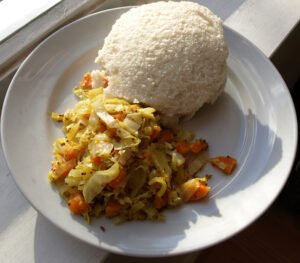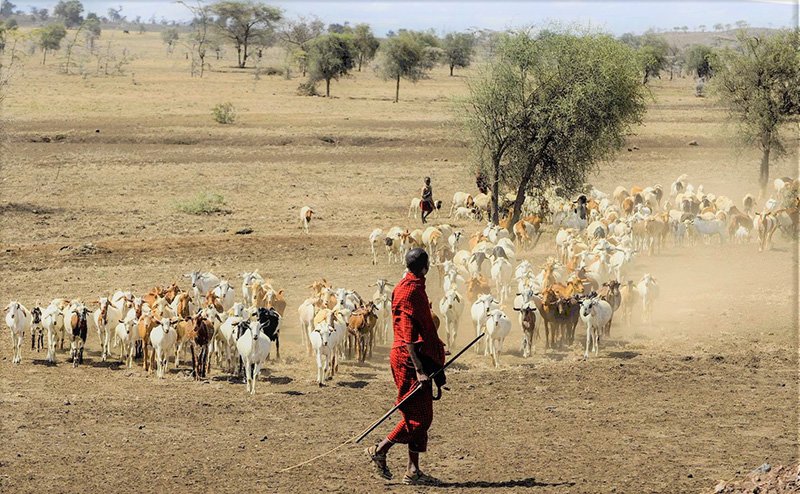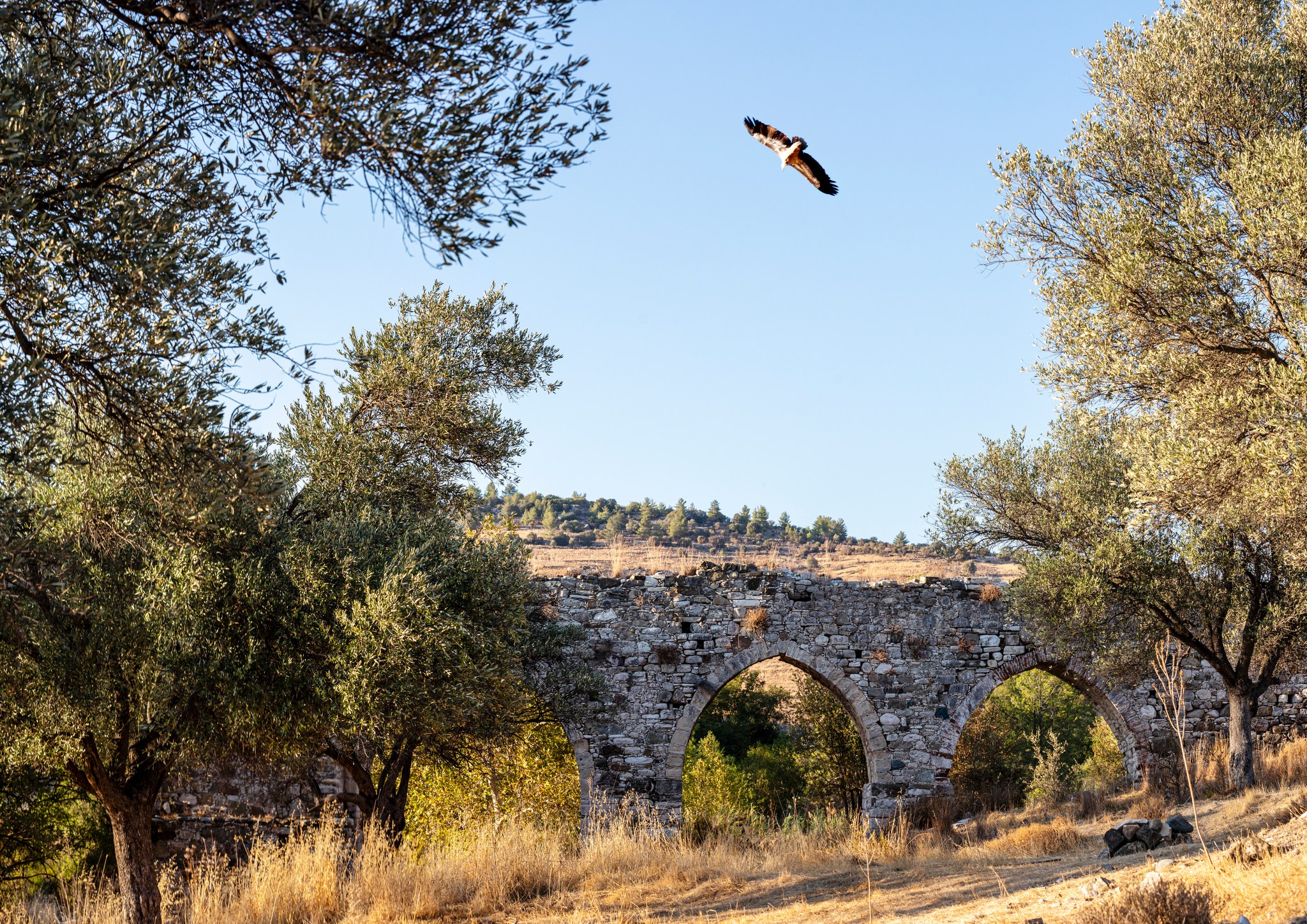On one of the world’s most famous game reserves, it’s mostly predators (such as lions, hyenas, and crocodiles) eating prey. There is, however, human life. While the tourists come and go, many thousands of Maasai make their home here, living in small villages known as boma, which are dotted across the reserve.
Despite these bases, the Maasai are still considered to be semi-nomadic. You have to be, when your lifestyle centres on cattle. Cows are far more than just wealth (or an excuse for a raid). The herds are also a source of nutrition, and the traditional Maasai diet consists of six main foods: milk, meat, fat, blood (all derived from cattle), along with foraged or bartered honey and tree bark.
The main food is cow milk, drunk fresh (sometimes mixed with cattle blood, and served in a gourd), curdled, or as buttermilk. In fact, this high-fat diet has mystified researchers for years: why, they ask, are the Maasai not suffering from conditions such as diabetes and heart disease? Apparently it’s all about movement.

Fruit is also on the menu (usually in the form of wild berries). And so are numerous herbs (knowledge of herblore is widespread, passed down orally given that Maa, the local language, had no written form until recent times). But for the most part, the diet on the Maasai Mara has remained the same for thousands of years. For both the people and the animals!







Click here to change your cookie preferences